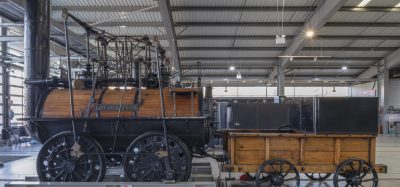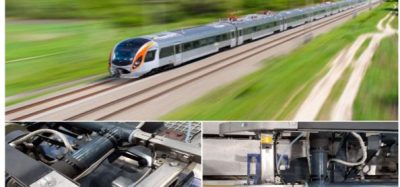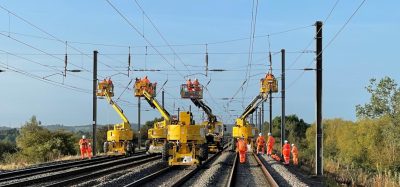ARA calls for Australian rail innovation to be a national priority
Posted: 22 October 2020 | Global Railway Review | No comments yet
The Australasian Railway Association has said that prioritising innovation will provide the certainty needed to support increased private sector investment and would drive skills development and jobs creation in the rail industry.


A new report launched by the Australasian Railway Association (ARA) – ‘Finding the fast track for innovation in the Australasian rail industry’ – has called for rail innovation to be named as a national priority to prevent Australia falling further behind the rest of the world.
Australasian Railway Association‘s Chief Executive Officer, Caroline Wilkie, said that the report found an absence of research funding, a fragmented market and state-specific government procurement processes had frustrated investment in innovation and could threaten the future of rail manufacturing in the country.
She said that the federal government’s current manufacturing focus provided the ideal opportunity to support a stronger rail innovation culture that helps Australia get the most from future investment.
Caroline said: “The rail industry is expected to invest $155 billion in the next 15 years, and we have to make that investment count. The world-first introduction of autonomous trains in the Pilbara region is just one example that shows that Australia has the capability to lead the way in rail innovation. But the policy settings must be right to support innovation and technology adoption across the industry at a whole.”
“Since the closure of the Rail Manufacturing CRC earlier this year, there has been no government funding for rail research and innovation. State procurement processes make it even harder, with like-for-like replacement requirements and inconsistent local content policies reducing the private sector’s ability to put forward new solutions to support better project outcomes. Good ideas will increasingly be sent offshore at the peril of our own economy if we don’t act now. We run the real risk of being saddled with an inefficient, outdated rail network if we don’t support greater innovation and technology adoption to deliver the best possible outcomes for Australian rail users,” she continued.
The report calls for rail innovation to be identified as a national priority, with dedicated research funding. Caroline said that this approach would provide the certainty needed to support increased private sector investment in innovation and would drive skills development and jobs creation in the rail industry.
The report confirmed such a move must be supported by a single rail market in Australia that replaces state-based policies with a national local content approach. A stronger rail innovation culture was vital to address the current decline, with only one per cent of the world’s rail patents in 2019 coming from Australia.
Caroline said that the scale of Australia’s national rail network presented a real opportunity to establish the country’s reputation for excellence. She added: “The Australian rail industry can realise exponential benefits from rail innovation and technology and adoption due to the sheer size of our network.”
The report also found Australia’s ability to recover operational costs was limited when compared to overseas. While Australia’s manufacturing productivity was increasing, the country was being outstripped by its international counterparts. Australia’s rail manufacturing revenue is falling by about 1.6 per cent per year. By contrast, the UK’s rail innovation focus has seen revenue rise by 4.8 per cent per year.
Caroline said that a strong rail innovation culture could create a high value, high tech export market for Australia and could play a valuable role in the nation’s post-pandemic recovery.
“The international experience has shown that, where governments lead a focus on rail innovation, private investment follows. We have the projects in the pipeline and we have the network scale to make rail innovation a real success. All we need now is for a true national focus to bring government and industry together to make the most of this opportunity,” she said.
Related topics
Digitalisation, Funding & Finance, Operational Performance, Technology & Software, The Supply Chain, The Workforce








